To provide the best experiences, we use technologies like cookies to store and/or access device information. Consenting to these technologies will allow us to process data such as browsing behaviour or unique IDs on this site. Not consenting or withdrawing consent, may adversely affect certain features and functions.
The technical storage or access is strictly necessary for the legitimate purpose of enabling the use of a specific service explicitly requested by the subscriber or user, or for the sole purpose of carrying out the transmission of a communication over an electronic communications network.
The technical storage or access is necessary for the legitimate purpose of storing preferences that are not requested by the subscriber or user.
The technical storage or access that is used exclusively for statistical purposes.
The technical storage or access that is used exclusively for anonymous statistical purposes. Without a subpoena, voluntary compliance on the part of your Internet Service Provider, or additional records from a third party, information stored or retrieved for this purpose alone cannot usually be used to identify you.
The technical storage or access is required to create user profiles to send advertising, or to track the user on a website or across several websites for similar marketing purposes.







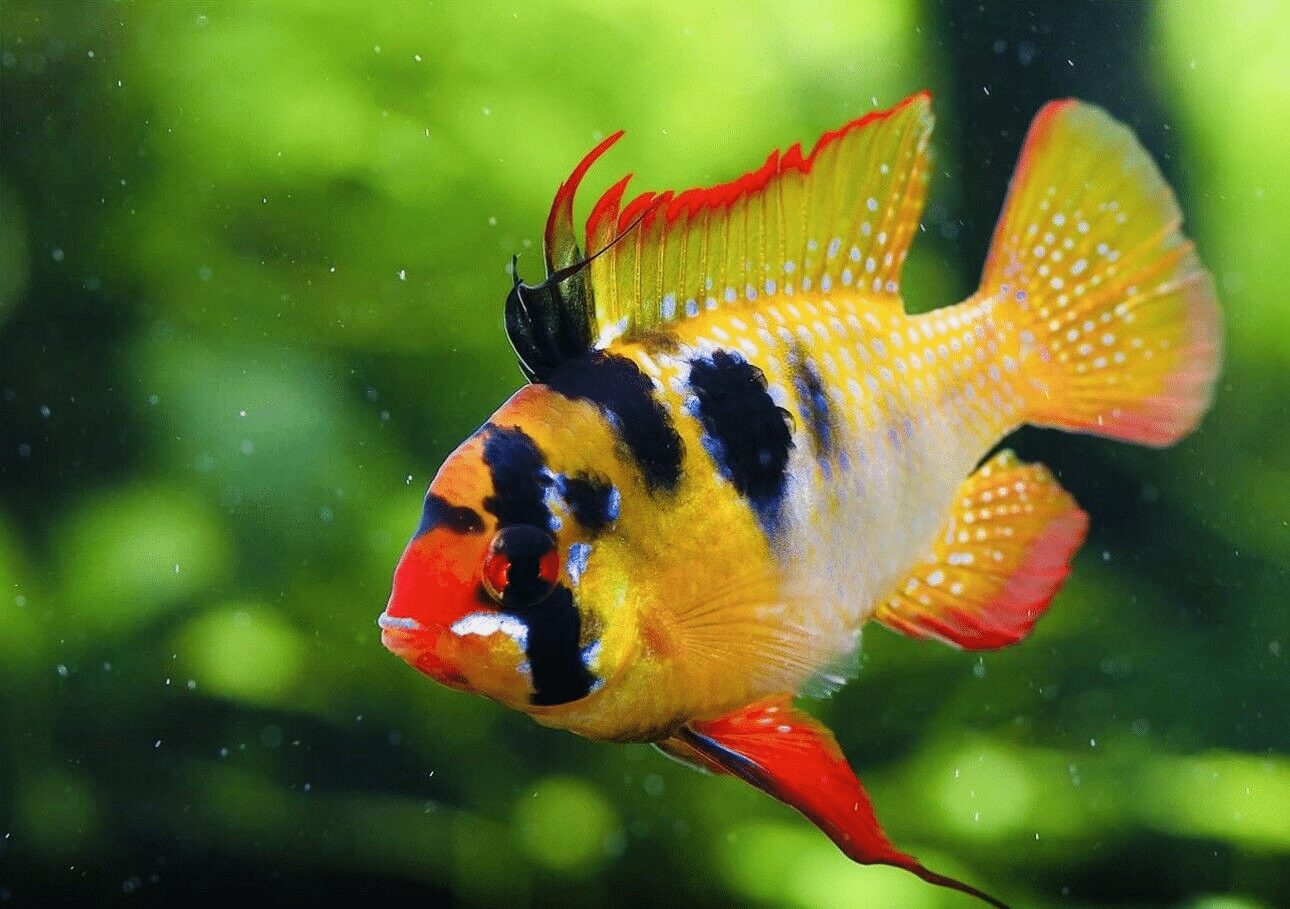


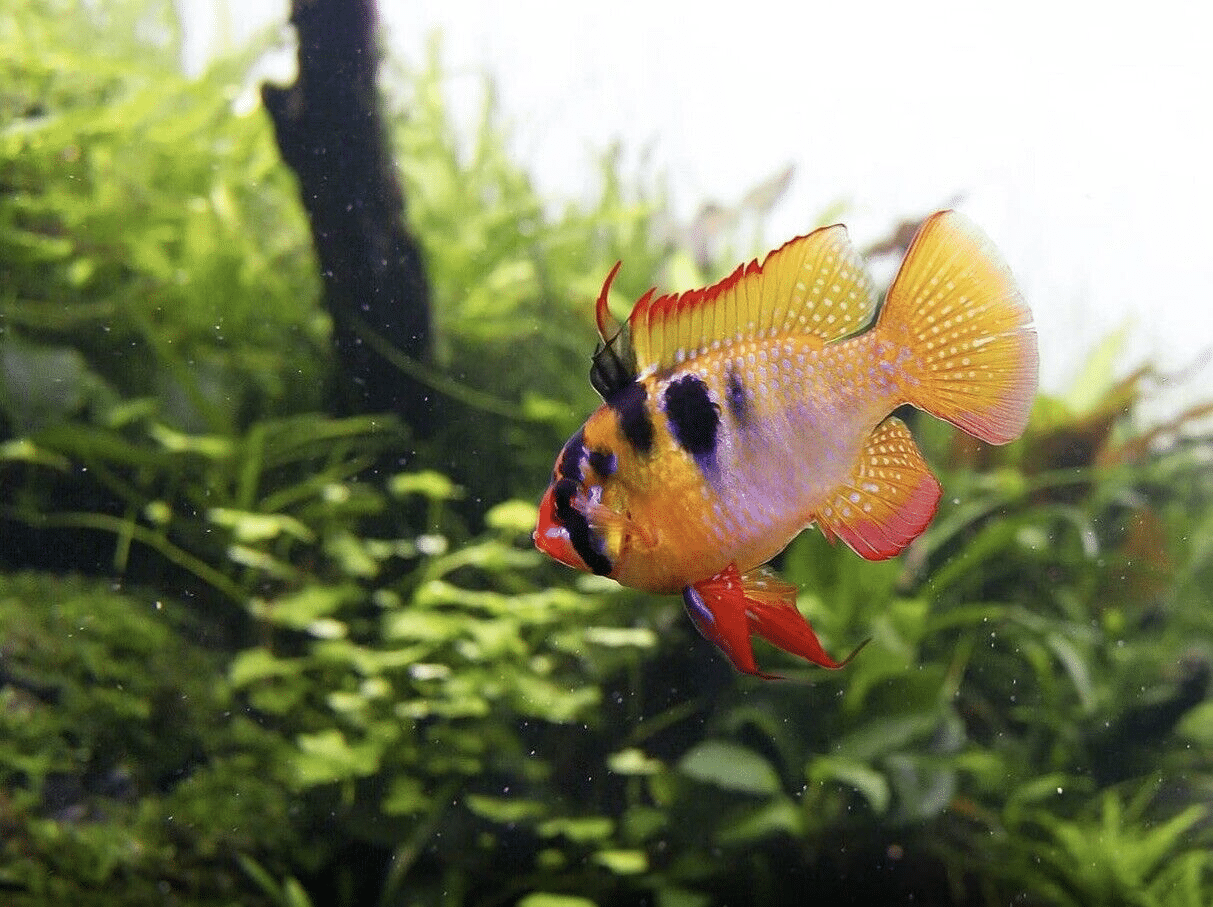


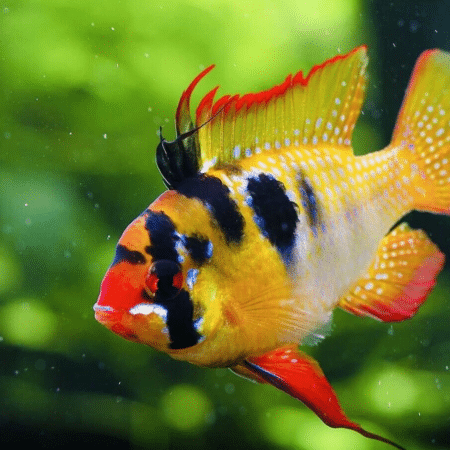
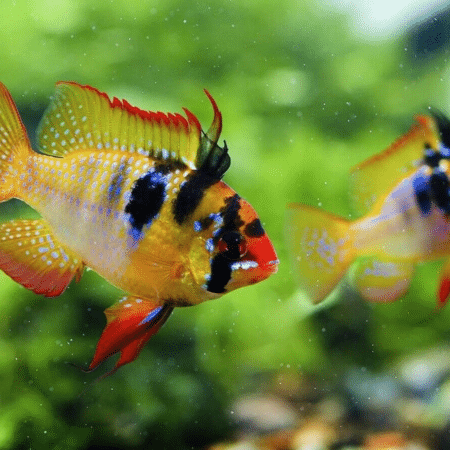

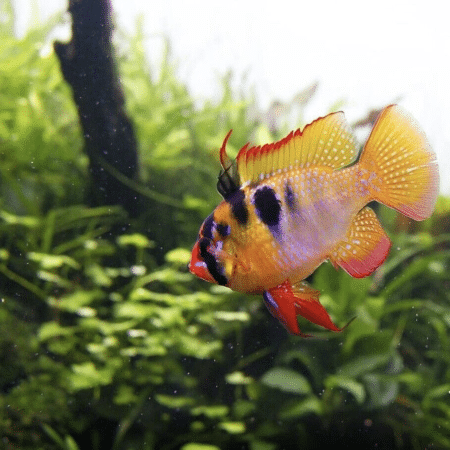
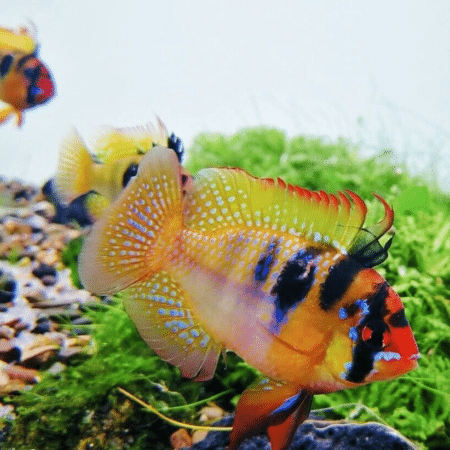

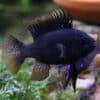









Emily Carter (verified owner) –
I recently added the Ramirez Dwarf Cichlid (Papiliochromis Ramirezi, Asia Form) to my 30-gallon tank, and I couldn’t be happier! These little blue rams are not just stunning with their vibrant colors, but they also bring so much personality to my aquarium. I’ve had them for about two months now, and they’ve adapted beautifully. They’re so charming as they dart around the tank, and watching them interact with each other is pure joy.
What I love most is their peaceful nature, which makes them perfect for a community tank. Compared to other cichlids I’ve tried, these guys are more docile and peaceful, making them a wonderful addition to my collection. Their lifespan of 3 to 4 years seems promising, and I’ve made sure to provide a soft substrate and plenty of hiding spaces for them.
My only minor concern is that they can be a little shy at first until they settle in, so it’s best to give them time. Overall, I highly recommend the Ramirez Dwarf Cichlids for anyone looking to add a splash of color and personality to their aquarium. They truly are a delightful ornamental fish, and I can’t wait to see them thrive for years to come!